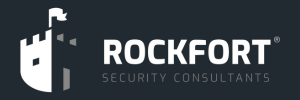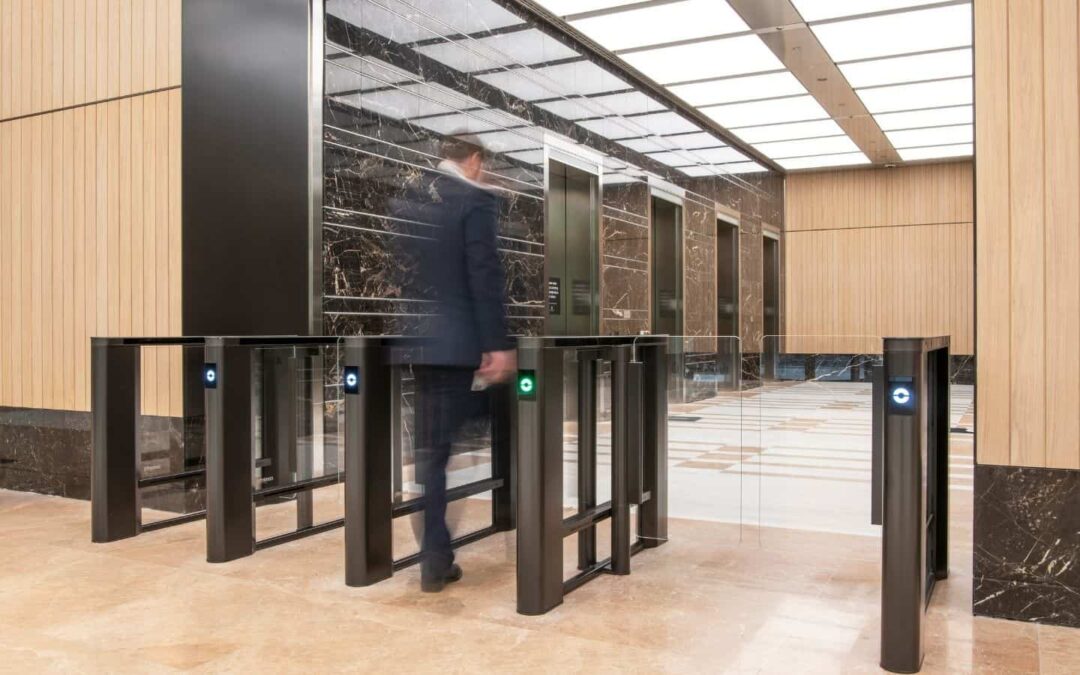In an age where security threats are becoming increasingly sophisticated, safeguarding high-value target buildings, such as government facilities, financial institutions, data centres, and research laboratories, demands advanced access control solutions. Two highly effective methods for fortifying entry points are speed gates and air locks. When integrated into a comprehensive security system, these solutions provide multiple layers of protection, ensuring that only authorised personnel gain access while mitigating potential threats.
1. Improved Access Control
Speed gates and air locks serve as critical barriers that regulate and monitor the flow of individuals entering a secure facility.
-
Speed Gates: Equipped with biometric scanners, RFID readers, or keycard systems, speed gates offer rapid yet controlled entry. They are designed to detect tailgating and unauthorised access attempts, ensuring that only one person can pass through per authorisation.
-
Air Locks: By design, air locks require one door to close before the next can open, creating a secure vestibule that prevents unauthorised piggybacking. This controlled process adds an extra layer of scrutiny for individuals entering or exiting the premises.
2. Enhanced Threat Mitigation
High-value targets are often at risk of unauthorised intrusions, espionage, or even physical attacks. Speed gates and air locks provide robust deterrents against these threats.
-
Speed Gates: With their ability to integrate with facial recognition and other biometric systems, speed gates can immediately flag unauthorised or suspicious individuals. Alarms and lockdown protocols can be triggered in real-time, enhancing immediate threat response.
-
Air Locks: These systems are particularly effective in high-security areas where containment is essential. In the event of a security breach, air locks can isolate intruders, preventing further access and allowing security personnel to respond accordingly.
3. Streamlined Traffic Flow with High Security
One of the challenges in securing high-traffic buildings is maintaining a balance between stringent security and efficient movement.
-
Speed Gates: Designed for high throughput, speed gates enable quick yet secure access for large volumes of people. Their sleek design and rapid operation minimise bottlenecks, making them ideal for busy entry points.
-
Air Locks: While air locks operate more slowly due to their sequential door mechanism, they are invaluable in areas where maximum security takes precedence over speed, such as server rooms or research laboratories.
4. Integration with Modern Security Systems
Both speed gates and air locks can be seamlessly integrated into a building’s overarching security infrastructure.
-
Unified Monitoring: Access control systems, surveillance cameras, and alarm protocols can be synchronised with speed gates and air locks, providing centralised control and monitoring.
-
Data Analytics: These systems can log entry and exit data, enabling security teams to analyse patterns, detect anomalies, and improve overall security protocols.
5. Psychological Deterrent and Professional Image
Visible security measures not only protect but also project a strong message.
-
Deterrence: The presence of advanced security barriers acts as a psychological deterrent to potential intruders or malicious actors.
-
Professionalism: Speed gates, with their modern and sleek design, enhance the building’s professional image while subtly reinforcing its high-security status.
Implementing speed gates and air locks at the entrances of high-value target buildings significantly enhances security without compromising efficiency. These systems not only control access but also deter unauthorised attempts, mitigate threats, and integrate seamlessly with broader security infrastructures. In an age where safeguarding sensitive assets is paramount, speed gates and air locks stand out as essential components in a robust security strategy.
Contact Rockfort Security Consultants today to learn how we can help you improve the security posture of you site.

